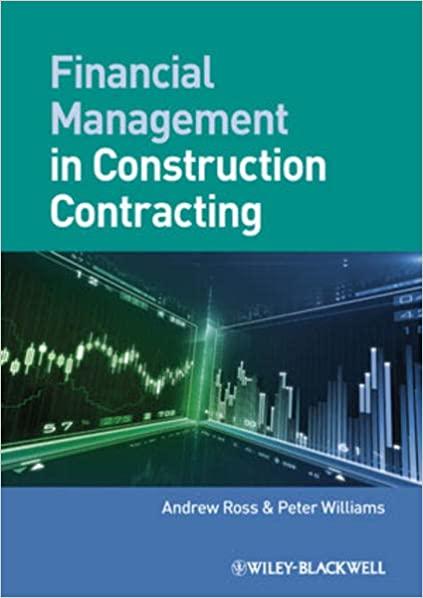Question
Question The total population of ethnic Southeast Asian students (from Burma, Laos, Thailand, Vietnam, and Kampuchea) at your university is currently 100 students. The administration
Question
The total population of ethnic Southeast Asian students (from Burma, Laos, Thailand, Vietnam, and Kampuchea) at your university is currently 100 students. The administration of the university wants to increase the diversity of the student body and decides to increase the number of students from Southeast Asia by 8 percent each year (over the prior year's enrollment) for a period of 15 years. How many students from Southeast Asia will be enrolled at your university after the 15 year period? (Please round your answer to the nearest "Whole Student," since the university is unlikely to admit only part of an individual student (such as an arm or a leg) without the rest of him coming along as well.)
Question 13 options:
| 317 | |
| 547 | |
| 1200 | |
| 220 |
Question 14
You want to have $1 million 30 years from now. Assuming a 10% rate of return, how much do you have to invest today in a single lump sum in order to have the $1 million?
Question 14 options:
| $6,082 | |
| $32,405 | |
| $57,309 | |
| $85,298 |
Question 15
You own a pet wholesale business. You sell fish. You would like to have a population of 300,000 neon tetra fish to sell to your retailers. If cared for well, neon tetras reproduce quickly. You estimate that your fish population can grow at a rate of 300% per year! Your goal is to have the 300,000 fish at the end of 5 years. How many fish do you need to start with, in order to reach your goal? (Round your answer to the nearest whole fish!)
Question 15 options:
| 100 | |
| 187 | |
| 293 | |
| 366 |
Question 16
You wish to buy a cabin in 15 years. TODAY, the cabin costs $150,000. You believe the price of the cabin will inflate at 4% annually. You want to invest a single amount of money (lump sum) today and have the money grow to equal the future purchase price of the cabin 15 years from now. If you can earn 10% annually on your investments, how much do you need to invest NOW, in order to be able to purchase the cabin?
Question 16 options:
| $8,500 | |
| $31,337 | |
| $64,670 | |
| $89,520 |
Question 17
You invest $6,000 per year for 20 years. Earning 8% annual return, how much money do you have at the end of the 20 years?
Question 17 options:
| $437,625 | |
| $324,545 | |
| $122,688 | |
| $274,572 |
Question 18
You are trying to choose between two investments:
A - Invest $2,400 per year for 10 years, earning an 8% annual rate of interest. OR,
B - Invest $200 per month for 10 years, earning 8% annual rate of interest.
Which of the following is most correct?
Question 18 options:
| There is no way to tell which investment has the higher future value. | |
| Investment A has the higher future value. | |
| Investment B has the higher future value. | |
| Investments A and B have identical future values. |
Question 19
How much must you invest per month in order to have $1,000,000 20 years from now? Assume a 9.5% annual rate of interest with monthly compounding.
Question 19 options:
| $1,405 | |
| $527 | |
| $29,294 | |
| $150,692 |
Question
You want to have the equivalent of $700,000 (in terms of today's spending power) when you retire in 30 years. Assume a 3% rate of annual inflation. If you can earn 10% annually, how much do you have to invest per year in order to have your full amount of money needed at retirement?
options:
| $21,230 | |
| $85,651 | |
| $7,856 | |
| $10,329 |
Step by Step Solution
There are 3 Steps involved in it
Step: 1

Get Instant Access to Expert-Tailored Solutions
See step-by-step solutions with expert insights and AI powered tools for academic success
Step: 2

Step: 3

Ace Your Homework with AI
Get the answers you need in no time with our AI-driven, step-by-step assistance
Get Started


